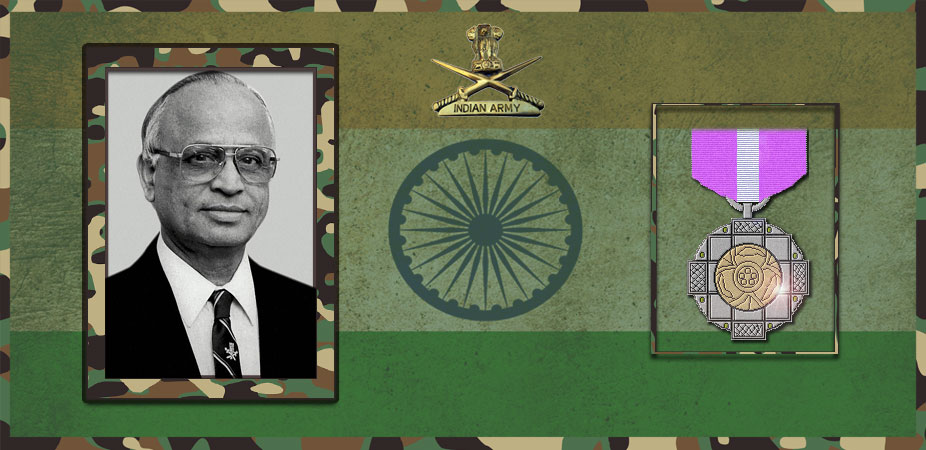Let's salute to our Indian Army together, We are proud to be Indian.
Let's salute to our Indian Army together, We are proud to be Indian.

Padmanabha Krishnagopala Iyengar (29 June 1931 – 21 December 2011; best known as P. K. Iyenger), was an Indian nuclear physicist who is widely known for his central role in the development of the nuclear program of India. Iyengar previously served as the director of BARC and former chairman of the Atomic Energy Commission of India, he raised his voice and opposition against the nuclear agreement between India and the United States and expressed that the deal favoured the United States.
During his last years of his life, Iyenger engaged in peace activism and greatly exhorted the normalization of bilateral relations between India and Pakistan.
Iyengar joined the Tata Institute for Fundamental Research, Department of Atomic Energy in 1952 as a junior research scientist, undertaking a wide variety of research in neutron scattering. He later got shifted to Atomic Energy Establishment (later renamed as Bhabha Atomic Research Centre) when it was formed in 1954. In 1956, Iyengar was trained in Canada working under Nobel laureate in Physics Bertram Neville Brockhouse, contributing to path-breaking research on lattice dynamics in germanium. At the DAE, he built up and headed the team of physicists and chemists that gained international recognition for their original research contributions in this field. In 1960s, he indigenously designed the PURNIMA reactor and headed the team that successfully commissioned the reactor on 18 May 1972 at BARC.
Iyengar took over as Director of the Bhabha Atomic Research Centre in 1984. As director, one of his first tasks was to take charge of the construction of the Dhruva reactor, the completion of which was then in question, and bring it to a successful conclusion under his leadership. Recognizing the importance of transferring newly developed technology from research institutes to industry, he introduced a Technology Transfer Cell at the BARC to assist and speed the process. He motivated basic research in fields ranging from molecular biology, to chemistry and material science. He nucleated new technologies like lasers and accelerators, which led to the establishment of a new Centre for Advanced Technology, at Indore.
Iyengar was appointed chairman of the Atomic Energy Commission of India and secretary to the Department of Atomic Energy in 1990. He was also appointed as chairman of the Nuclear Power Corporation of India. Under his leadership the Department of Atomic Energy vigorously pursued the nuclear power programme with the commissioning of two new power reactors at Narora and Kakrapar, and continued with the development of new reactor systems, such as liquid-sodium based fast reactors. Equal emphasis was laid on enhanced production of heavy water, nuclear fuel and special nuclear materials. He also initiated proposals for the export of heavy-water, research reactors, hardware for nuclear applications to earn precious foreign exchange.
Regarding Iyengar’s involvement in Indian cold fusion research, the Indian newspaper Daily News and Analysis wrote: “Iyengar also pioneered cold fusion experiments in the 1980s to prove the hypothesis that nuclear fusion can occur at ordinary temperatures under certain scenarios. The experiments were discontinued after Iyengar’s exit from the nuclear establishment by some conservative scientists.”